How to Build Muscle and Lose Fat for Females: A Complete Guide
For decades, fitness advice for women focused either on fat loss or building muscle — rarely both. But with a better understanding of female physiology and training science, we now know it’s entirely possible to do both at once. Known as body recomposition, this approach helps you burn fat, sculpt your body, and gain lean muscle — all while improving energy, confidence, and health.
Whether you're just starting your fitness journey or looking to level up, this step-by-step guide will show you exactly how to build muscle and lose fat as a woman — without fads, extremes, or cutting out your favorite foods.
Why Building Muscle Is Crucial for Women
Muscle is often misunderstood in women’s fitness. Many fear becoming bulky, but that couldn’t be further from the truth. In fact, building muscle makes you leaner, stronger, and healthier.
Benefits of Lean Muscle for Women:
Increases metabolism (burns more calories even at rest)
Shapes and defines your body
Strengthens bones and joints
Reduces body fat more efficiently
Improves posture, energy, and mental health
Step 1: Define Your Goals
Start with clear, measurable fitness goals tailored to your lifestyle. Instead of vague aims like “get fit,” try specific objectives like:
“Lose 4 kg of fat and gain 2 kg of muscle in 12 weeks”
“Be able to do 10 push-ups and deadlift my bodyweight”
These SMART goals (Specific, Measurable, Achievable, Relevant, and Time-bound) help you track progress and stay motivated.
Step 2: Prioritize Strength Training
If fat loss is the goal, many women jump straight into cardio — but resistance training is where real transformation happens. Lifting weights doesn’t just build strength — it sculpts your body and boosts long-term fat burn.
Strength Training Tips:
Train 3–4 days per week with a focus on compound lifts like squats, deadlifts, presses, and rows.
Start with full-body or upper/lower body splits based on your availability.
Progressively increase weight or reps each week (called progressive overload).
Use free weights, resistance bands, or machines depending on comfort and access.
Step 3: Eat for Muscle and Fat Loss
You can’t out-train a poor diet. What you eat plays a massive role in both gaining muscle and losing fat.
Nutrition Basics for Women:
Protein: Aim for 1.6–2.2 grams of protein per kilogram of body weight per day.
Carbs: Don’t skip them. Choose complex carbs (brown rice, quinoa, oats) for energy.
Fats: Healthy fats (avocados, nuts, olive oil) are essential for hormone health.
Calorie Balance: To lose fat, consume slightly fewer calories than you burn. To gain muscle, eat at maintenance or a slight surplus.
Tracking your intake via an app like MyFitnessPal can help you stay on target without being obsessive.
Step 4: Add the Right Kind of Cardio
Cardio has its place, but too much cardio can hinder muscle gains. The key is finding the right type and balance.
Best Cardio Approach:
HIIT (High-Intensity Interval Training) 2–3 times a week boosts metabolism and preserves muscle.
LISS (Low-Intensity Steady-State) such as walking, cycling, or light jogging can aid fat loss without over-stressing your body.
Always strength train first if combining cardio and weights on the same day.
Step 5: Respect Your Recovery
You don’t build muscle while training — you build it during rest. Skipping recovery can lead to fatigue, plateaus, or injury.
Recovery Tips:
Sleep 7–9 hours per night for proper recovery and muscle repair.
Take rest days seriously — at least one full rest day and one light/recovery day per week.
Stretch, foam roll, and hydrate regularly to reduce soreness and inflammation.
Step 6: Track Progress the Right Way
The scale doesn’t tell the full story. As you gain muscle and lose fat, your weight may stay the same — but your body composition improves dramatically.
Better Ways to Track:
Take weekly progress photos in the same lighting and clothes
Measure waist, hips, and thighs monthly
Track gym performance and strength gains
Use body fat % scales or a body scanner if available
Step 7: Work With Your Hormones
Your menstrual cycle impacts energy, strength, and recovery. Learning to adjust your training accordingly can improve results and reduce burnout.
Follicular Phase (Day 1–14): Higher strength and energy — ideal for heavy lifting.
Luteal Phase (Day 15–28): More fatigue — prioritize lighter training or recovery-focused sessions.
Stay hydrated and eat iron-rich foods during menstruation to support recovery and energy levels.
Step 8: Be Patient and Stay Consistent
Recomposition isn’t a quick fix — it’s a gradual, powerful process. Results may take weeks to show, but consistency pays off. Celebrate non-scale victories: better sleep, more strength, improved mood, and confidence in your own skin.
Bonus: Optional Supplements to Consider
Supplements aren’t necessary, but can support your goals when used properly.
Whey or plant-based protein: Helps meet daily protein targets
Creatine: Increases strength and recovery
Omega-3 fatty acids: Reduce inflammation
Vitamin D and Magnesium: Support mood and muscle function
Always consult your doctor before starting new supplements, especially if pregnant or managing a health condition.
Mistakes to Avoid
Skipping strength training for endless cardio
Eating too little and under-fueling workouts
No structure in workouts or nutrition
Comparing your body to Instagram influencers
Expecting instant results without consistent effort
Final Thoughts
You can build muscle and lose fat at the same time — and you don’t need to kill yourself at the gym or survive on salads. By combining smart strength training, balanced eating, recovery, and patience, you'll build a body that not only looks strong, but is strong. And most importantly, you’ll create a healthier relationship with fitness — one that lasts a lifetime.
FAQs: How to Build Muscle and Lose Fat for Females
1. Can women build muscle and lose fat at the same time?
Yes, women can successfully achieve body recomposition by following a structured strength training program and eating a balanced diet with enough protein.
2. How much protein should women eat to build muscle?
Aim for 1.6 to 2.2 grams of protein per kilogram of body weight daily, spread across all meals for optimal muscle repair.
3. Should women lift heavy weights to build muscle?
Absolutely. Lifting heavier weights progressively helps build lean muscle, boosts metabolism, and enhances fat loss.
4. Is cardio necessary for fat loss if I’m lifting weights?
Not mandatory, but helpful. Moderate cardio like HIIT or walking can accelerate fat loss and improve cardiovascular health when added smartly.
5. How long does it take to build muscle and lose fat?
With consistent training and nutrition, noticeable results can appear in 4–8 weeks, but full transformation may take 3–6 months or more.

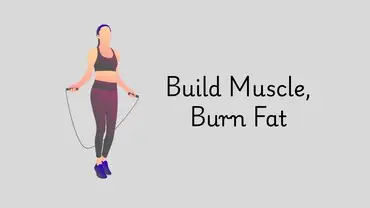
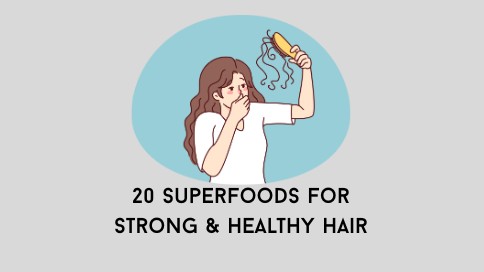
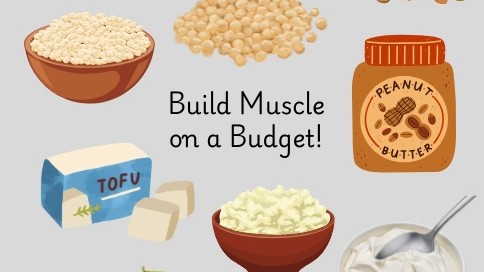
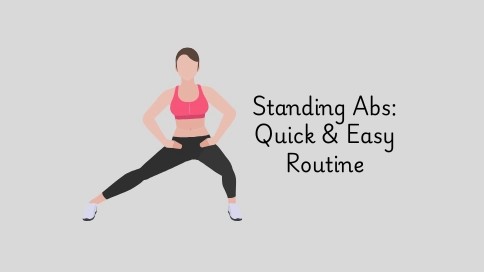
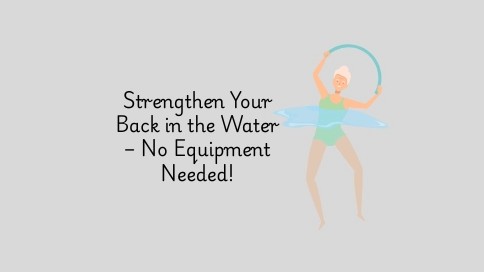
No comments yet. Be the first to comment!